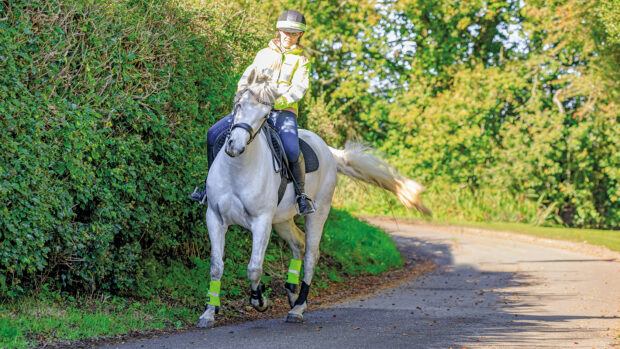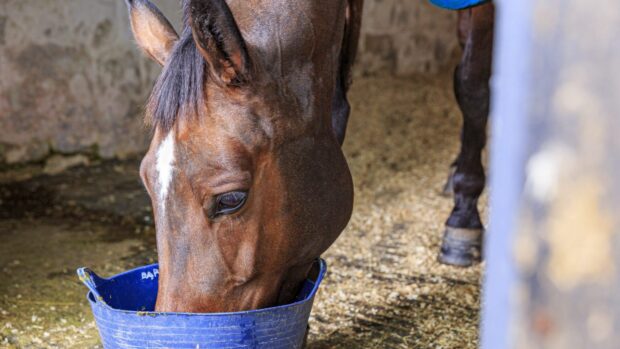In Horse & Hound's recent Winter Feeding Guide, published in association with Spillers, we reviewed the six most-important things you need to consider when deciding what and how much to feed your horse or pony
1. Current body condition
The current condition of your horse is an essential consideration as it will dictate whether more or less energy (calories) is required. For example, if your horse is currently overweight, the energy provided in the total diet should be reduced. On the other hand if your horse is underweight then the energy provided should be increased — it really is as simple as that.
In order to assess your horse’s current condition, it is useful to condition score them and — if you have a tape measure handy — you can also try using the relatively new technique of determining a body condition index (BCI). A quick and easy guide on how to condition score and determine your horse’s BCI is available on www.spillers-feeds.com
2. Current workload
The amount of work your horse is doing will infl uence the amount of energy he requires from his diet, although don’t fall into the trap of feeding an overweight horse a competition feed just because he is competing. If he’s overweight he is already getting too much energy.
Remember increased energy demands aren’t just dictated by physical exercise. An increase in energy requirements also occurs in growing horses, lactating mares, actively breeding stallions and pregnant mares (during months 8-11).
An individual’s metabolism can also vary greatly, which can signifi cantly infl uence their energy requirements.
However, irrespective of energy requirements, increased workload will also increase nutrient requirements especially for protein, amino acids and vitamins and minerals. If you have a good doer in medium to hard work that can maintain their condition on forage only or low energy feed, adding in additional nutrients via a feed balancer designed to support performance is ideal.
Continued below…
If you own a good doer who seems to put on weight overnight, then take a look at these possible

H&H Feed Week: 12 feeding mistakes that could be making your horse fat
3. Your horse’s daily routine
How often are they stabled and for how long?
- How long do they spend grazing a day?
- What is the grass quality like?
- How many horses/animals are grazing the land?
- What season is it? Winter grass will be far less nutritious than summer pasture.
The answers to these questions will all have a bearing on how much additional feed and forage you will need to provide your horse or pony.
4. Any relevant history of nutrition-related problems
Certain clinical problems can be influenced by nutrition, so it is important to know whether or not your horse or pony has got or is prone to any conditions such as laminitis, Cushing’s syndrome (PPID), Equine Metabolic Syndrome (EMS), gastric ulcers, colic or tying up. All of these can be supported by specialised nutritional management. For feeding advice in these circumstances, call Spillers on 01908 226626.
5. Temperament
Your horse’s temperament may have a bearing on the source of energy you choose. Cereal-based feeds can increase the risk of excitable behaviour in some individuals. Whereas fi bre and oil are often described as slow release energy sources, they may be more benefi cial for excitable characters.
6. Breed
Breed and/or type can be important.


